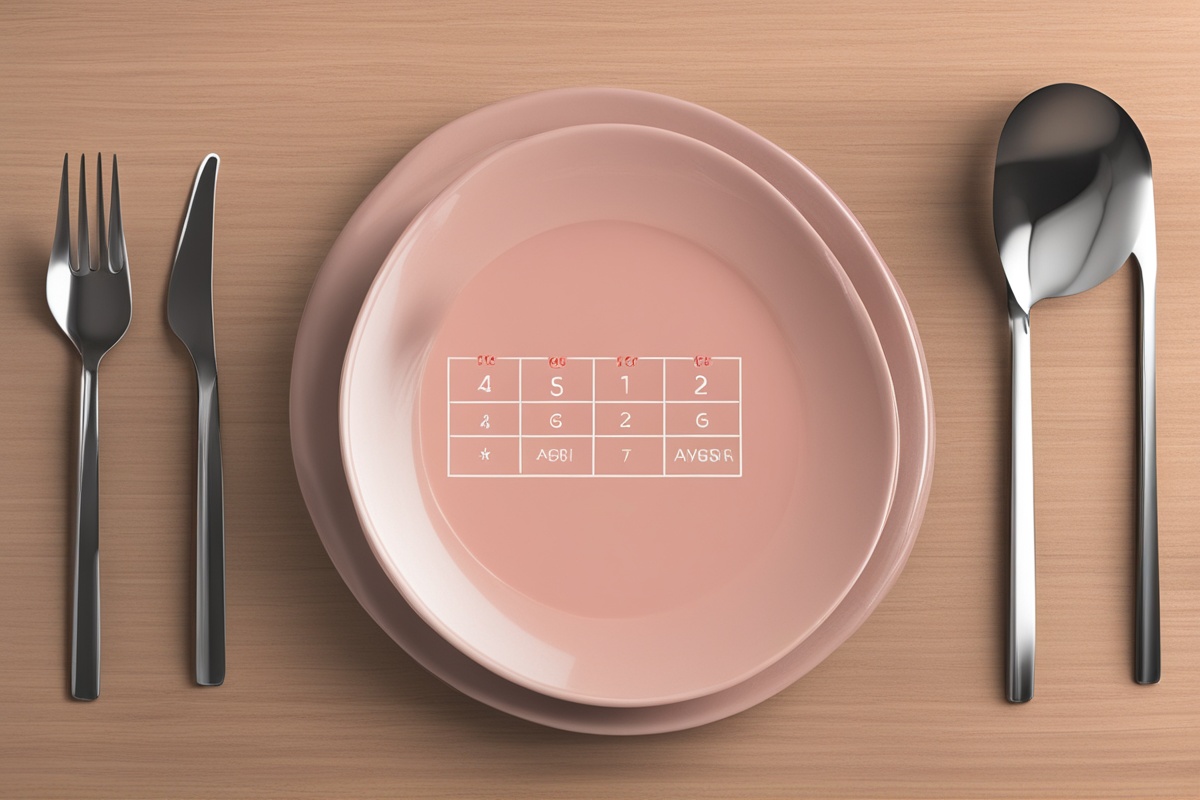Intermittent fasting has taken the wellness world by storm, and one of the most popular methods is the 16/8 fasting approach. This method involves fasting for 16 hours and eating during an 8-hour window each day. For many, integrating this fasting style into their daily routine can be a game-changer for weight management, energy levels, and overall health. In this post, we’ll explore how to create a Daily Routine with 16/8 Fasting, offering practical tips and insights to make this lifestyle sustainable and effective.
What Is the 16/8 Fasting Method?
The 16/8 fasting method is a type of intermittent fasting where you cycle between periods of eating and fasting. Specifically, you fast for 16 hours and limit your food intake to an 8-hour window. For example, you might eat between 12 PM and 8 PM, then fast from 8 PM to 12 PM the next day. This method is popular because it’s flexible and can easily fit into most lifestyles. Unlike other diets that restrict what you eat, 16/8 fasting focuses on when you eat, allowing you to maintain a balanced daily routine with 16/8 fasting without feeling overly restricted.
Many people choose this method because it aligns with natural circadian rhythms, often skipping breakfast or late-night snacking. Research suggests that intermittent fasting can support weight loss, improve metabolic health, and even enhance mental clarity. If you’re new to fasting, starting with 16/8 is a great way to ease into the practice.
Benefits of a Daily Routine with 16/8 Fasting
Adopting a daily routine with 16/8 fasting offers numerous benefits beyond just weight loss. One of the primary advantages is improved metabolic flexibility, as your body learns to switch between burning carbs and fats for energy during fasting periods. Studies have shown that this method may also reduce inflammation, improve insulin sensitivity, and support cellular repair processes like autophagy.
Additionally, a structured 16/8 fasting routine can help regulate hunger hormones, making it easier to avoid overeating. Many individuals report feeling more focused and energized during fasting hours, as their bodies aren’t constantly digesting food. This method can also simplify meal planning, as you’re eating within a shorter window, potentially saving time and reducing decision fatigue in your daily routine.
How to Structure Your Daily Routine with 16/8 Fasting
Creating a daily routine with 16/8 fasting starts with choosing an eating window that suits your lifestyle. Here’s a step-by-step guide to help you get started:
- Pick Your Eating Window: Decide on an 8-hour window that works for you. Common windows are 12 PM to 8 PM or 1 PM to 9 PM, but you can adjust based on your schedule.
- Plan Your Meals: Within your eating window, aim for 2–3 balanced meals that include protein, healthy fats, and complex carbs to keep you satiated.
- Stay Hydrated: During the 16-hour fasting period, drink plenty of water, black coffee, or unsweetened tea to stay hydrated and curb hunger.
- Schedule Activities: Plan your day so that busy or distracting tasks fall during fasting hours to keep your mind off food.
Consistency is key when building a daily routine with 16/8 fasting. It may take a week or two for your body to adjust, so be patient and listen to your hunger cues. For more tips on meal planning during intermittent fasting, check out our guide on Meal Prep for Intermittent Fasting.
Tips for Staying Consistent with 16/8 Fasting
Sticking to a daily routine with 16/8 fasting can be challenging at first, especially if you’re used to frequent snacking or late-night meals. Here are some practical tips to help you stay on track:
- Start Slow: If 16 hours of fasting feels daunting, begin with a 12/12 split and gradually increase your fasting window over a few weeks.
- Focus on Nutrient-Dense Foods: During your eating window, prioritize whole, unprocessed foods to fuel your body and prevent cravings.
- Manage Social Events: If a social gathering falls outside your eating window, consider shifting your window slightly or sipping on water or tea to stay social without breaking your fast.
- Track Your Progress: Use a journal or app to log your fasting hours, meals, and how you feel each day to identify patterns and stay motivated.
For additional strategies on overcoming fasting challenges, explore our post on Overcoming Hunger During Fasting.
Common Challenges and How to Overcome Them
While a daily routine with 16/8 fasting can be transformative, it’s not without its hurdles. Some common challenges include hunger pangs, social pressures, and energy dips. During the first few days, you might feel hungry or irritable as your body adjusts to the new eating schedule. To combat this, ensure you’re eating enough calories and staying hydrated during your eating window.
Social events can also pose a challenge, especially if they involve food outside your fasting hours. Communicate your fasting goals with friends and family, or plan ahead by adjusting your window for special occasions. If you experience low energy, consider incorporating light exercise or mindfulness practices like meditation into your routine. Learn more about balancing fasting with an active lifestyle in our article on Exercise During Intermittent Fasting.
Who Should Avoid 16/8 Fasting?
While a daily routine with 16/8 fasting is generally safe for most healthy adults, it’s not suitable for everyone. Pregnant or breastfeeding women, individuals with certain medical conditions like diabetes, and those with a history of eating disorders should consult a healthcare professional before starting any fasting regimen. Additionally, if you feel lightheaded, overly fatigued, or unwell during fasting, it’s important to stop and reassess your approach.
Always prioritize your health and well-being over strict adherence to a fasting schedule. If you’re unsure whether 16/8 fasting is right for you, speak with a doctor or dietitian. For more information on who should avoid fasting, check out our detailed guide on Intermittent Fasting Safety.
Disclaimer: The information provided in this post is for general informational purposes only and should not be considered medical advice. Intermittent fasting, including the 16/8 method, may not be suitable for everyone. Always consult with a healthcare professional or registered dietitian before starting any new diet or fasting regimen, especially if you have underlying health conditions or are taking medications. Results may vary, and individual experiences with fasting can differ based on personal health and lifestyle factors.
References
- Harvard Health Publishing – Intermittent Fasting: Surprising Update
- Mayo Clinic – Intermittent Fasting: What Is It, and How Does It Work?
- National Institutes of Health – Effects of Intermittent Fasting on Health, Aging, and Disease
- WebMD – Intermittent Fasting: What You Need to Know
- Johns Hopkins Medicine – Intermittent Fasting: What Is It, and How Does It Work?
This content is for informational purposes only and not a substitute for professional advice.






